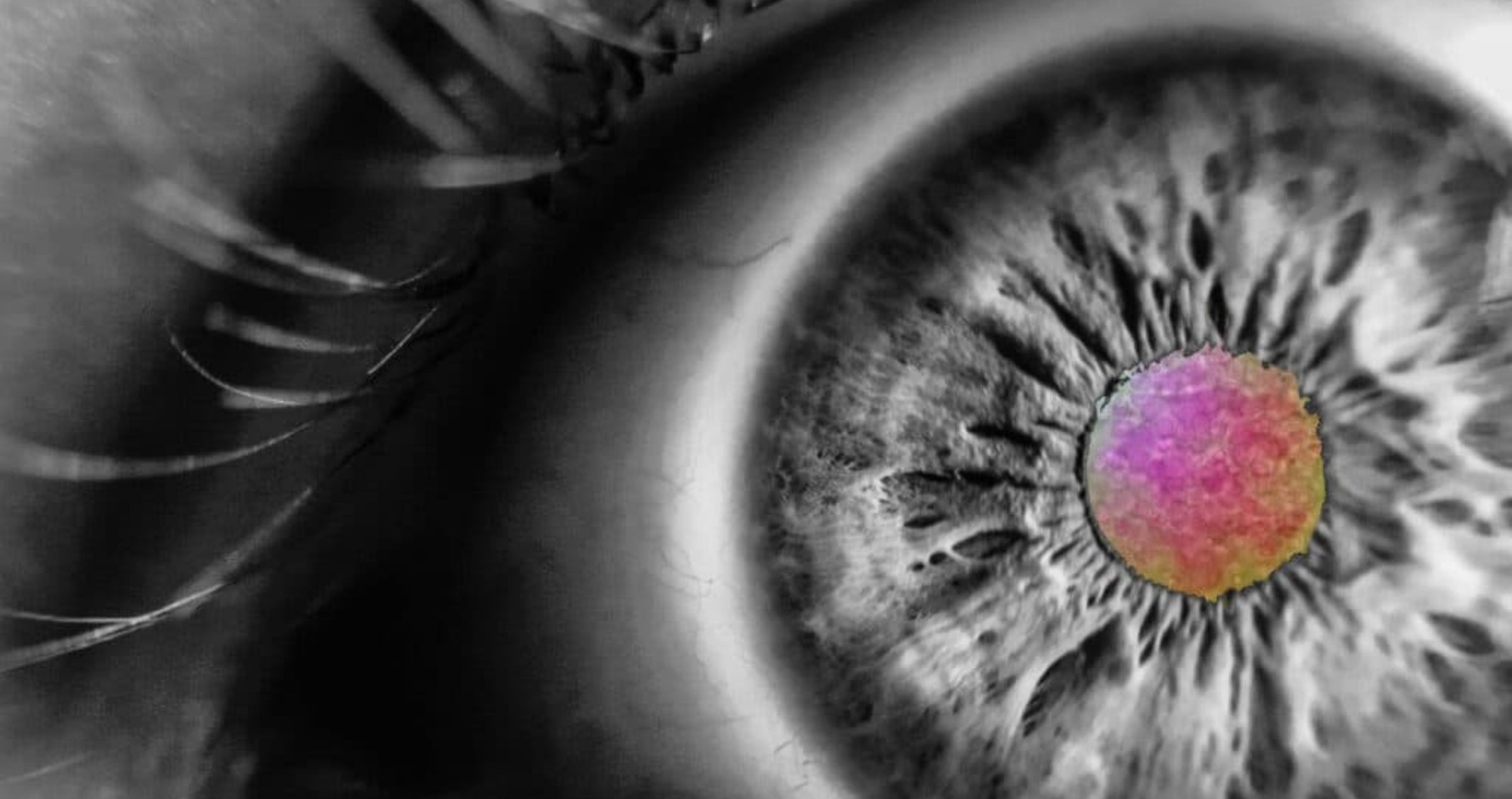Share
Glaucoma affects an estimated 300,000 Australians but half of them don’t know it. Early detection is considered vital to prevent irreversible vision loss and blindness.

With the global eyecare sector’s focus on World Glaucoma Week between 6–12 March, Insight takes a closer look at advances in glaucoma research in Australia, particularly innovations in testing and diagnostic technologies.
Recognising the limitations of current glaucoma screening techniques, including timeliness and cost effectiveness, researchers have seized on the opportunity to target these shortcomings to design low-cost tests that deliver rapid results.
Not only can their new screening and diagnostic tools detect glaucoma sooner, they could potentially one day form part of national screening programs and alleviate the direct and indirect costs of glaucoma to the Australian healthcare system, projected to hit $784 million by 2025.
This month Insight speaks with three researchers, all non-eye care professionals but experts in their chosen fields, about their work to develop all new imaging devices – and even a blood test – to pick up high-risk individuals before irreversible vision loss sets in.
Computerised glaucoma screening test
Dr Dinesh Kumar and other inventors of a new rapid screening test for glaucoma that could help advance early detection of the disease are planning clinical trials starting sometime this year.
Developed by a research team of engineers and ophthalmologists led by RMIT University in Melbourne, the test uses infrared sensors to monitor eye movement and can produce accurate results within seconds.
While current glaucoma screening techniques are based on measuring the patient’s visual field, this new technique developed at RMIT estimates the damage to the nerves and is therefore more direct, its developer says. As opposed to the current method of diagnosing glaucoma, which requires a 20-minute visual field test, the new test takes 10 seconds to show if there is a risk of glaucoma, which could lend itself to being a central component in a national screening program.
Lead researcher Dr Dinesh Kumar, Professor and leader of Biosignals, School of Engineering at RMIT University, says early detection, diagnosis and treatment could help prevent blindness, so making screening faster and more accessible is critical.
“This research will allow a non-contact, easy-to-use and low-cost test that can be performed routinely at general clinics,” he says.
“It could also promote a community-wide screening program, reaching people who might not otherwise seek treatment until it’s too late.”
Speaking about the novelty of the new diagnostic test, Kumar highlights how it differs from current methods.
“The current method of detecting glaucoma is based on a retinal functionality test and is a measure of secondary symptoms,” he explains.
“Our method estimates the effect of the partial alteration of the optical nerve conduction by measuring the changes to the reflexive adaptation to ambient light conditions and is measuring a primary symptom of the disease.”
The pioneering technology differentiates between glaucoma and healthy eyes by analysing changes in pupil diameter and pupillary hippus.
Kumar says his team’s technical brief involved engineering a solution to overcome the disadvantages inherent in current measuring techniques.
“In glaucoma patients, the optic nerve is partially compromised due to excessive intraocular pressure. We have measured the complexity of the pupil reflexivity during steady state ambient light conditions. Reduction in the complexity is an indication that the optic nerve pathway is partially blocked or damaged,” Kumar says.
“While this can be achieved using different techniques such as delay in the response to a stimuli, the difficulty in such is that it requires accurate control of the ambient light conditions. The other disadvantage of using stimuli-based approach is that it would measure the delay, which may not be evident when the nerve is partially compromised.”
He continues: “We have overcome the above limitations by measuring the natural reflex of the pupil in normal light conditions. We have measured the continually changing pupil diameter and measured the signal properties. Not only is this quick, and does not require a special-purpose room, it also does not require the patient to voluntarily participate and can be observed using an infrared camera located at about 0.5 meters from the patient’s face. Being a more direct measure of the change, this has the potential for detecting the disease even before there are any vision symptoms, though this has not yet been tested.”
In the study conducted by Kumar and RMIT colleagues Dr Quoc Cuong Ngo, Susmit Bhowmik and Marc Sarossy, pupils were measured 60 times per second using a low-cost commercial eye tracker.
The study’s corresponding paper, ‘Pupillary complexity for the screening of glaucoma’, was published in IEEE Access and credits Essendon Eye Clinic and Laser Centre for assisting with the study.
Under ambient light conditions, patients looked at a computer screen while custom software measured and analysed specific changes in their pupil size. The software then compared the results against existing samples of glaucoma and healthy eyes to determine the risk of glaucoma.
Co-author Dr Quoc Cuong Ngo says the new technology was faster and better than any similar AI-based approach.
“Our software can measure how the pupil adjusts to ambient light and capture minuscule changes in the shape and size of the pupil,” he says.
“Existing AI glaucoma tests require the patient to be perfectly still for up to 10 minutes. Our tech does the job in 10 seconds, without compromising on accuracy.”
The team is now looking to adapt the technology to work with smartphone cameras instead of the eye tracker used in the study and investigate its suitability to detect the disease even without visual field symptoms. With further research, the software could also be extended to detect other neurological conditions.
Kumar is hopeful the test could be available to the Australian market by the end of 2023. For more information about a commercial partnership or the clinical trial, email biosignalslab@rmit.edu.au.
Related Articles
Part 1: The Future of Glaucoma Detection and Monitoring
Part 2: Genetic testing for degenerative eye disease
Published with permission from www.insightnews.com.au


